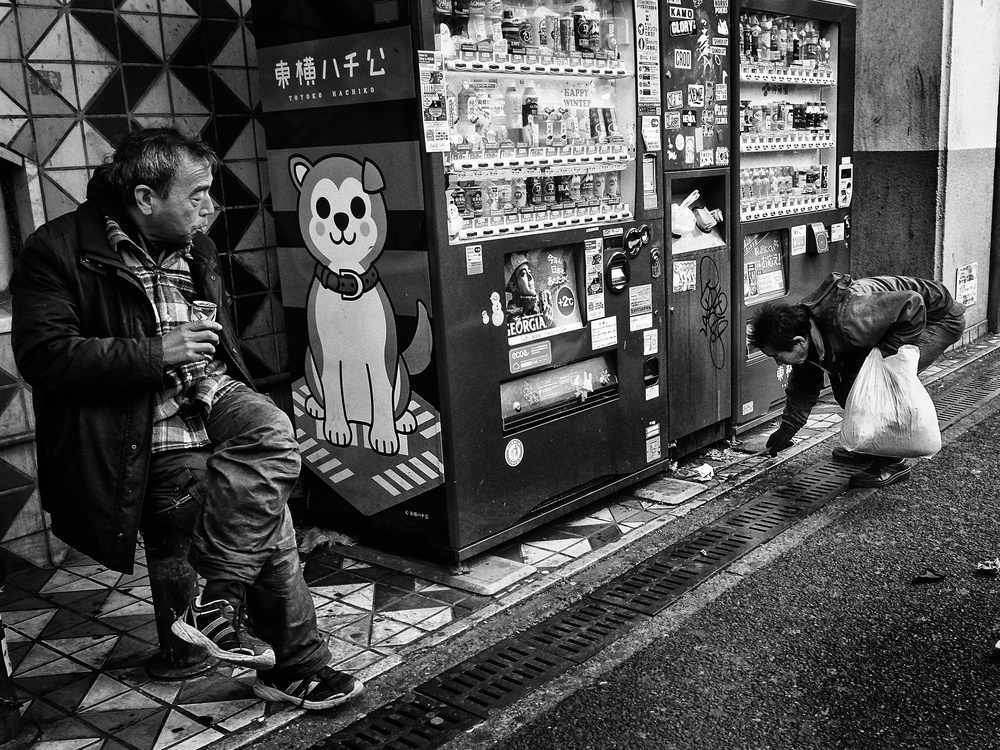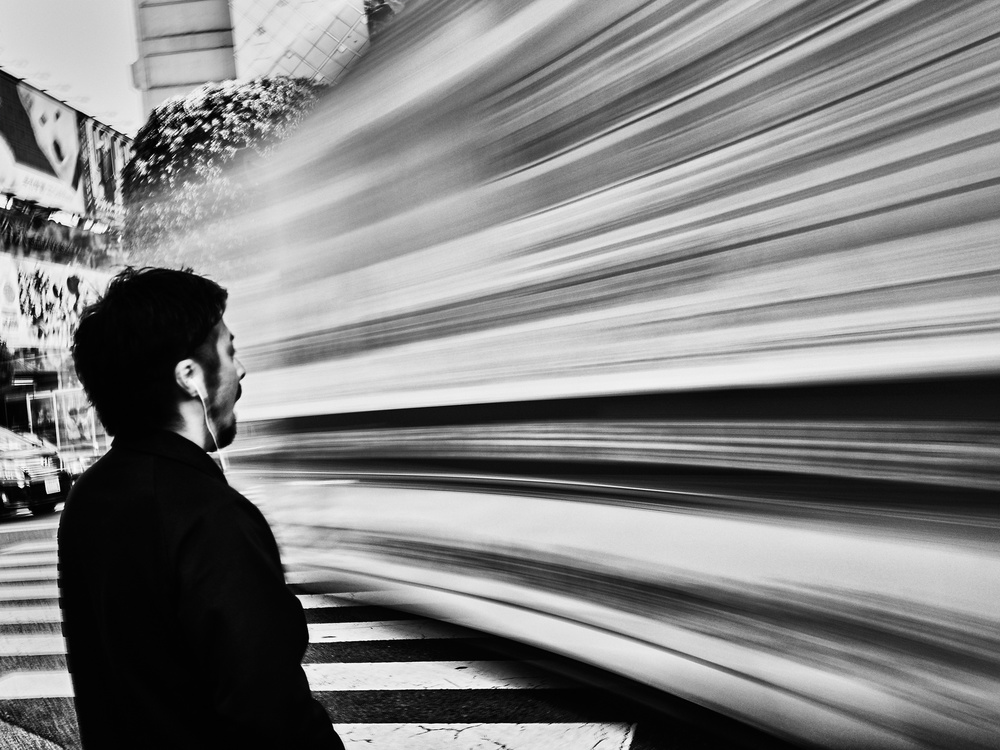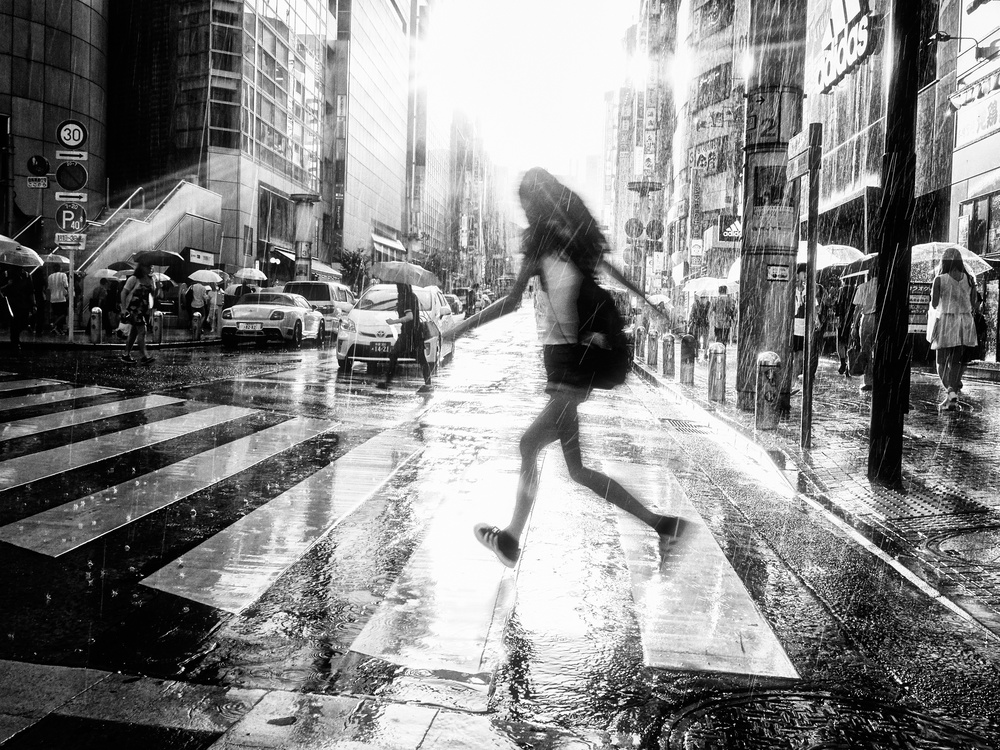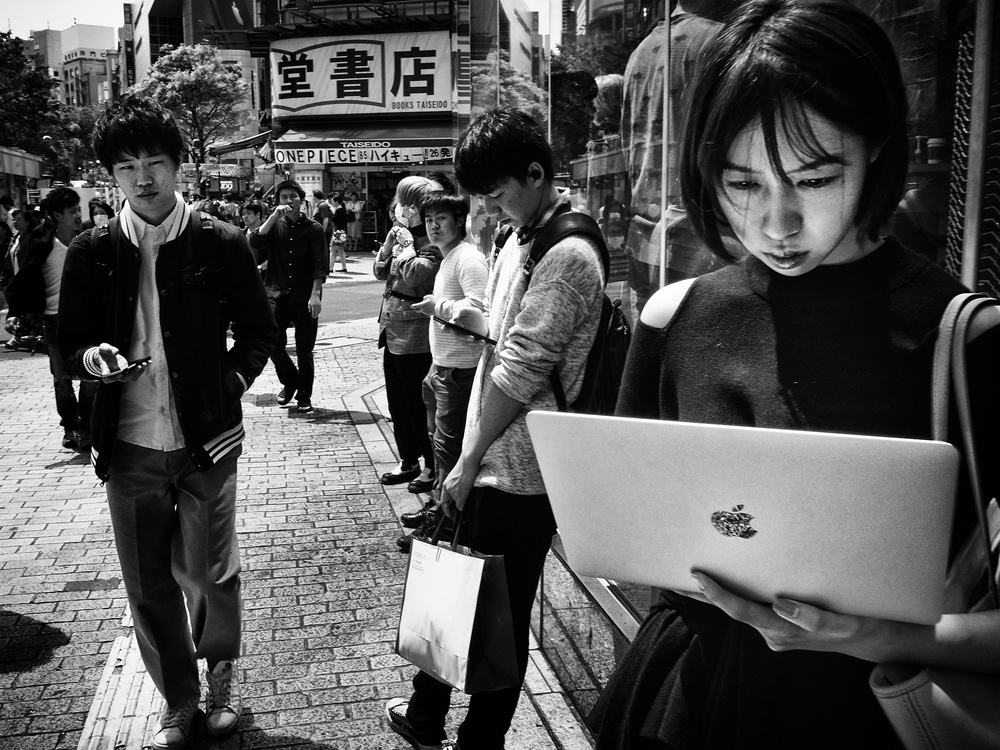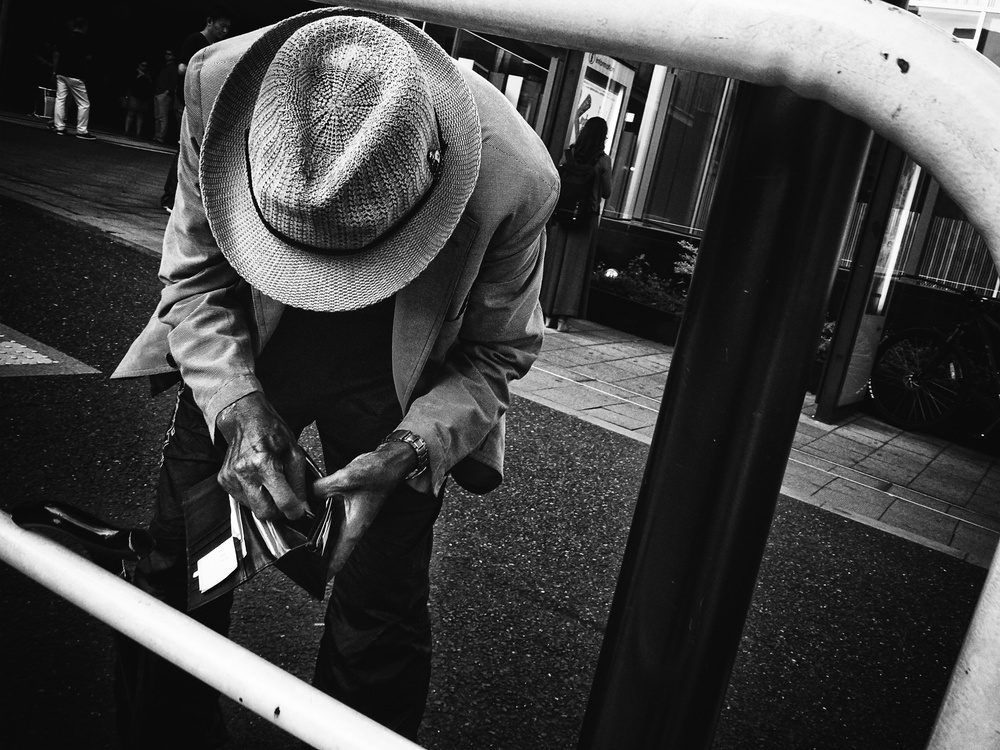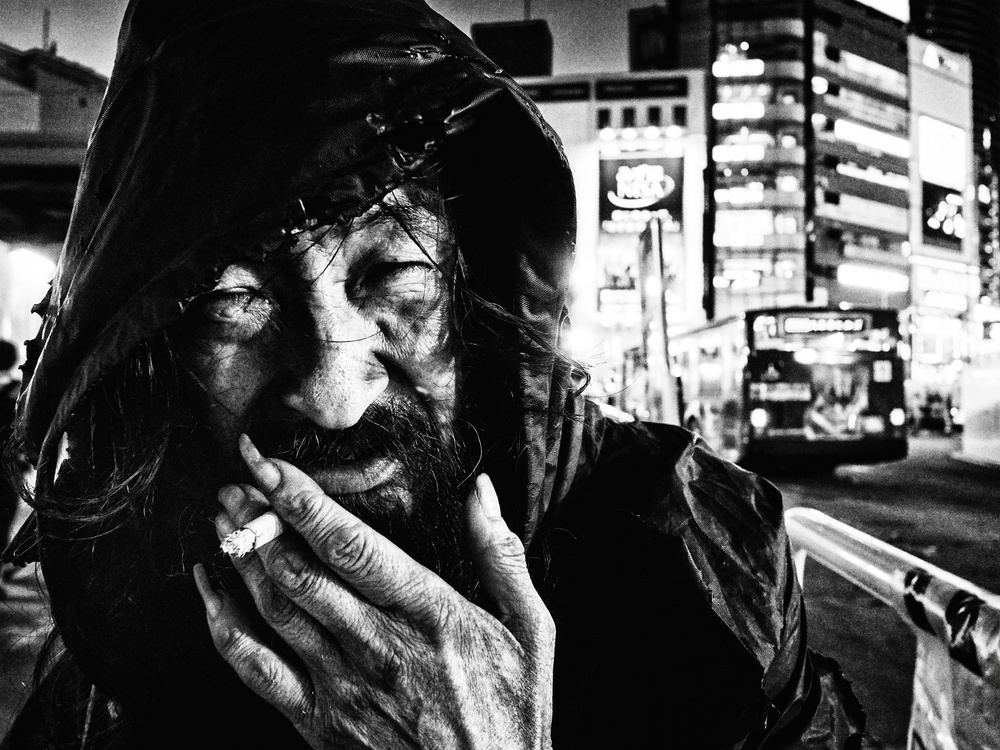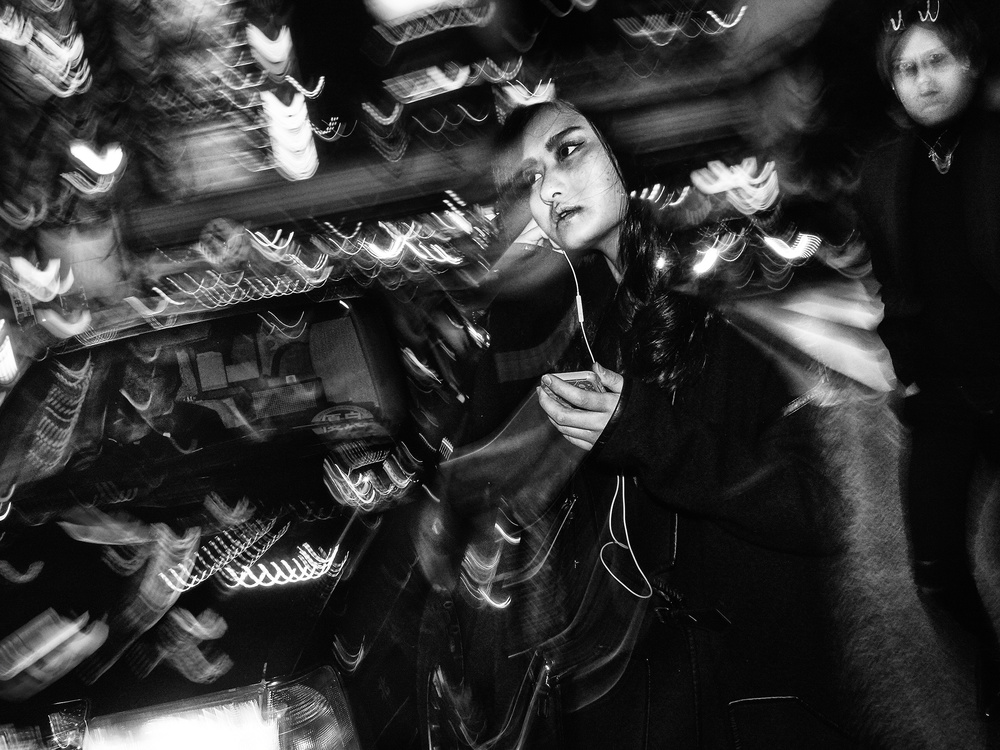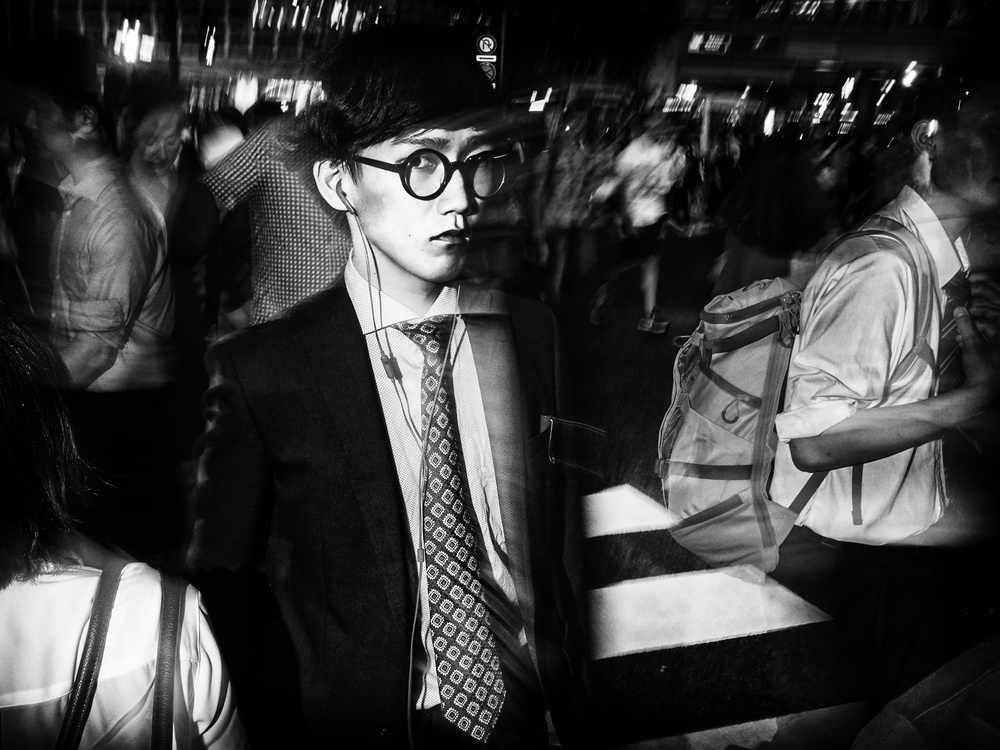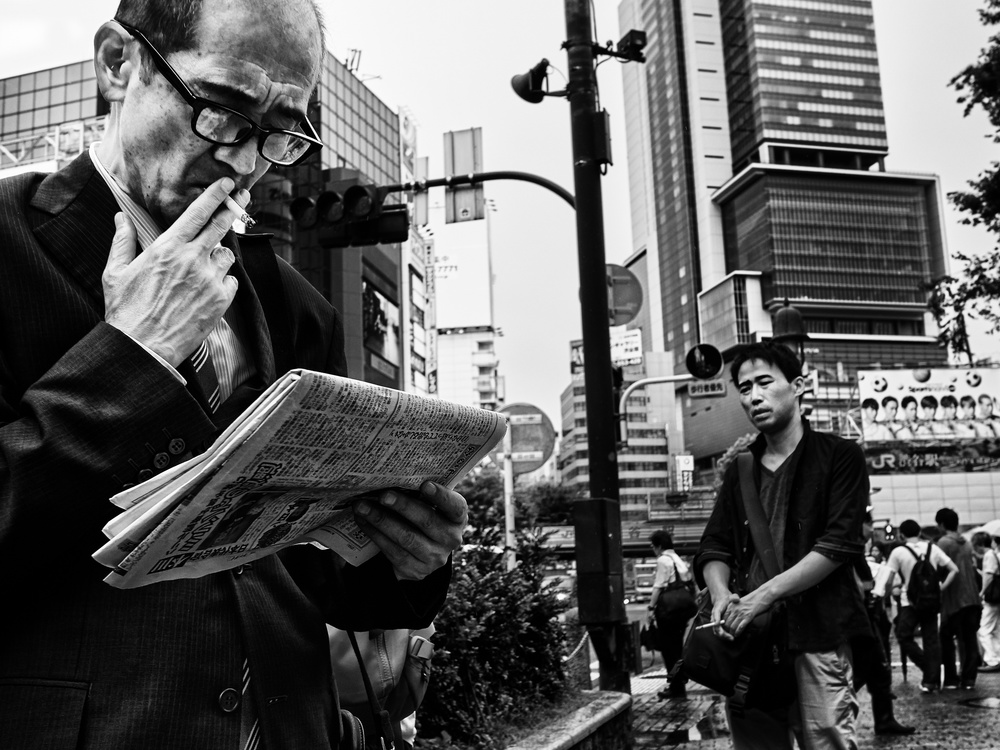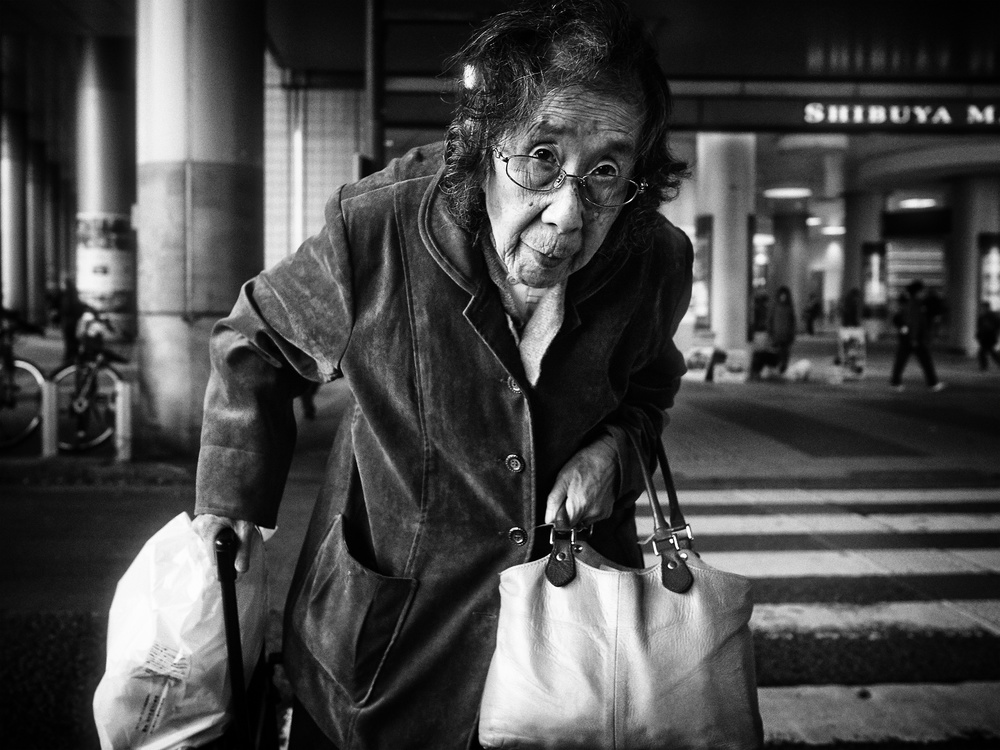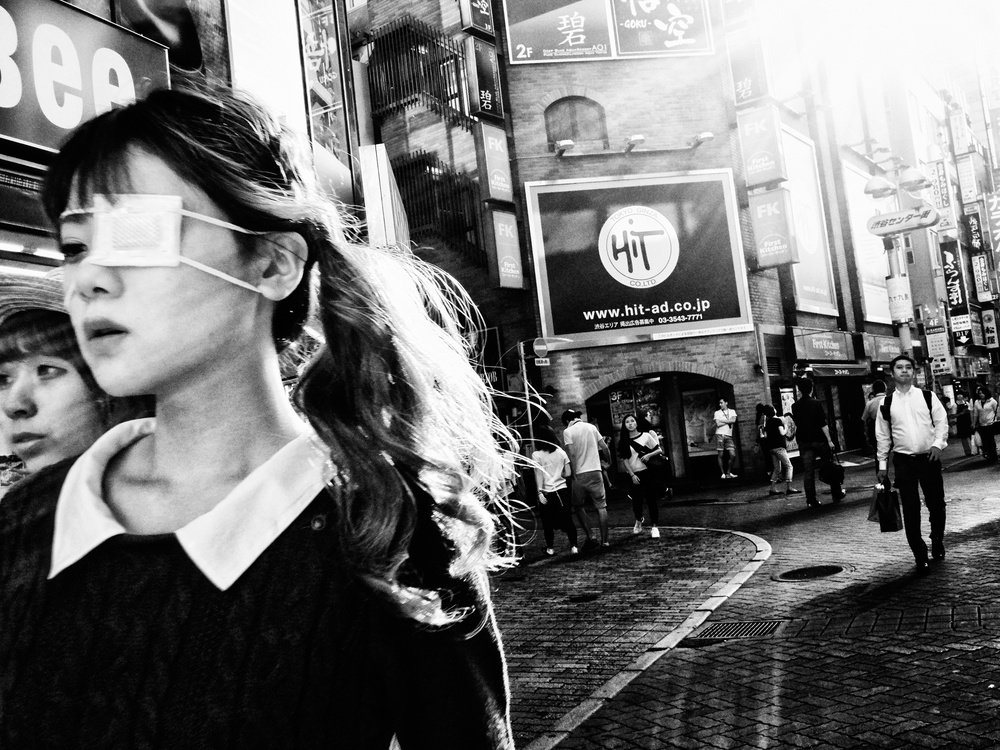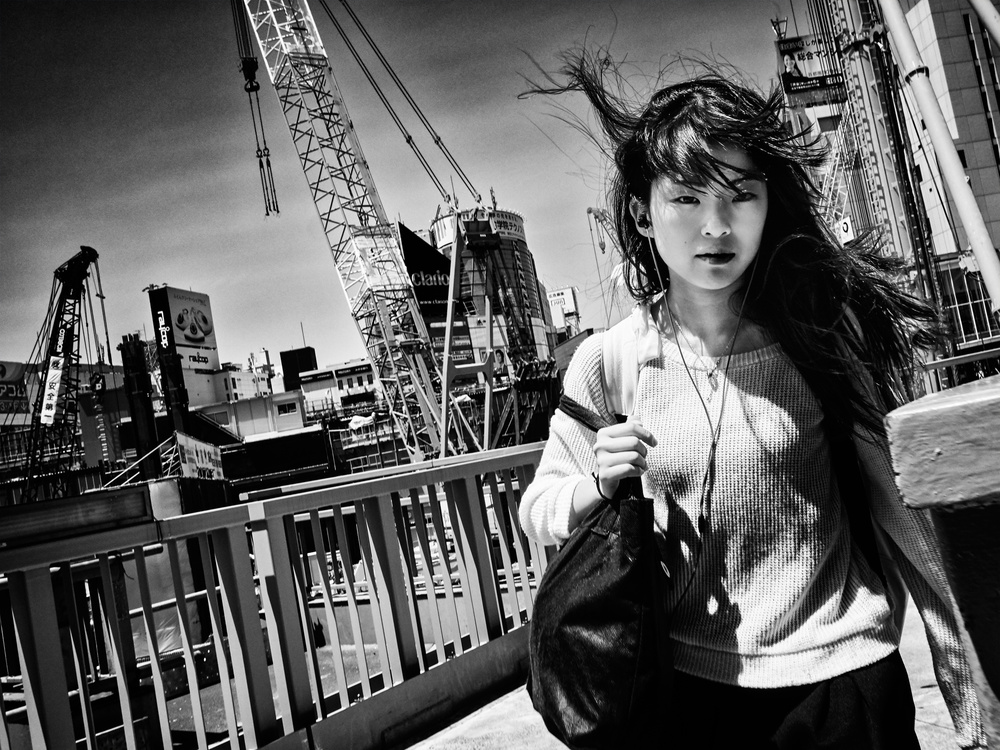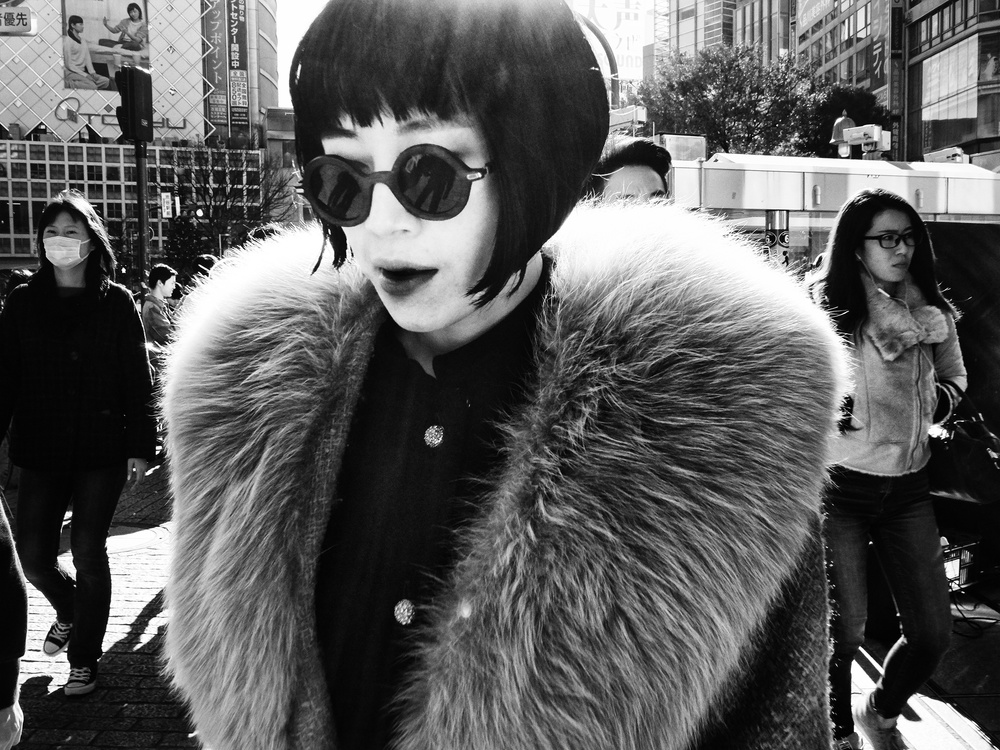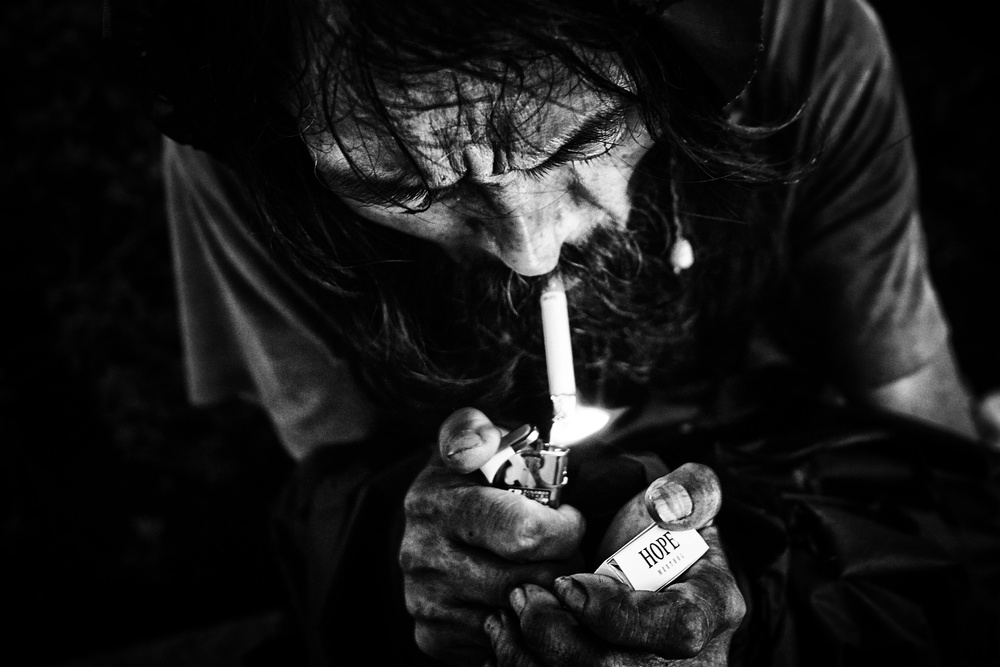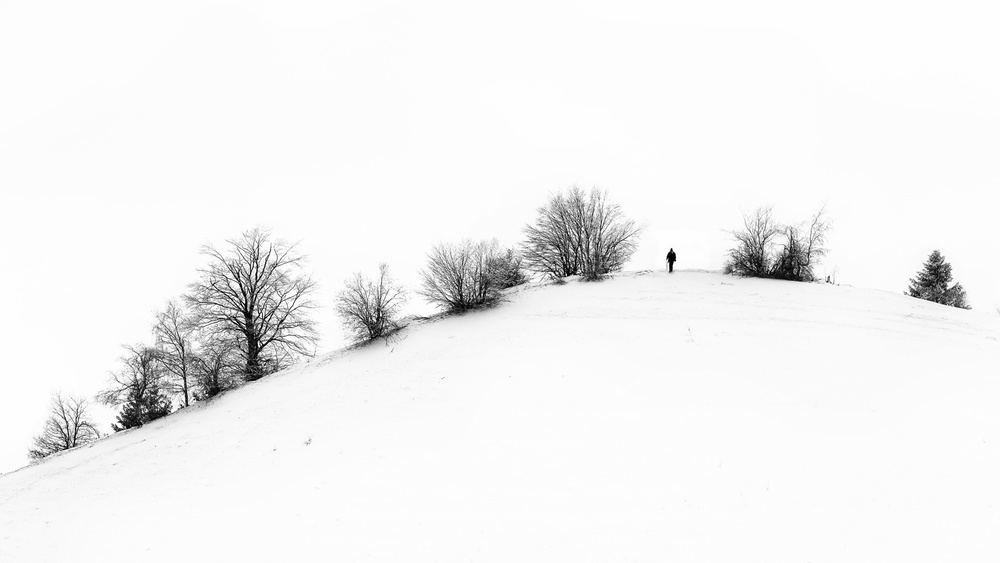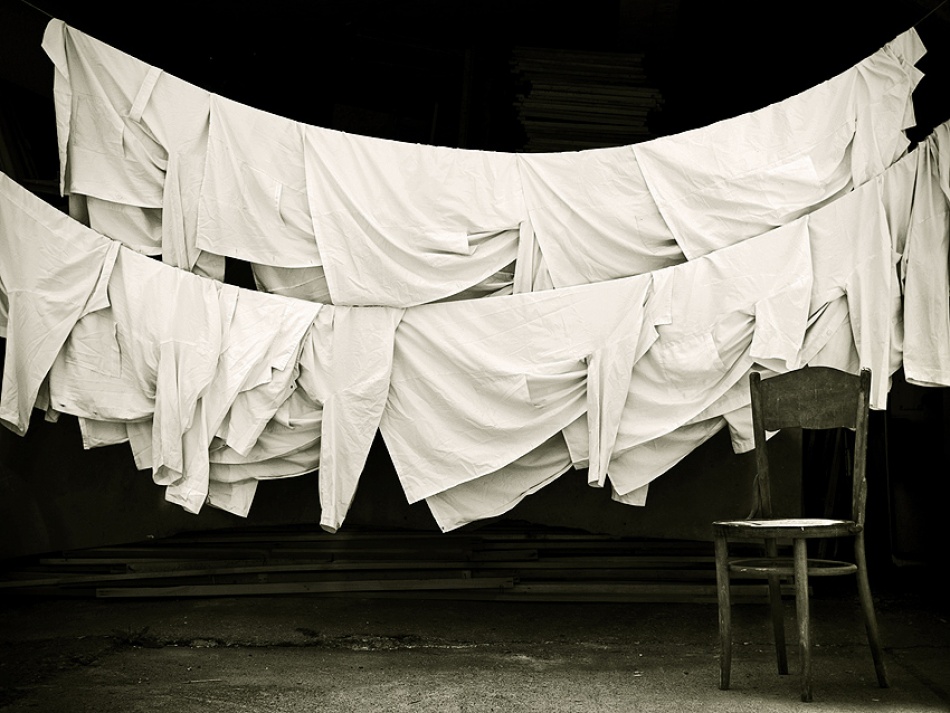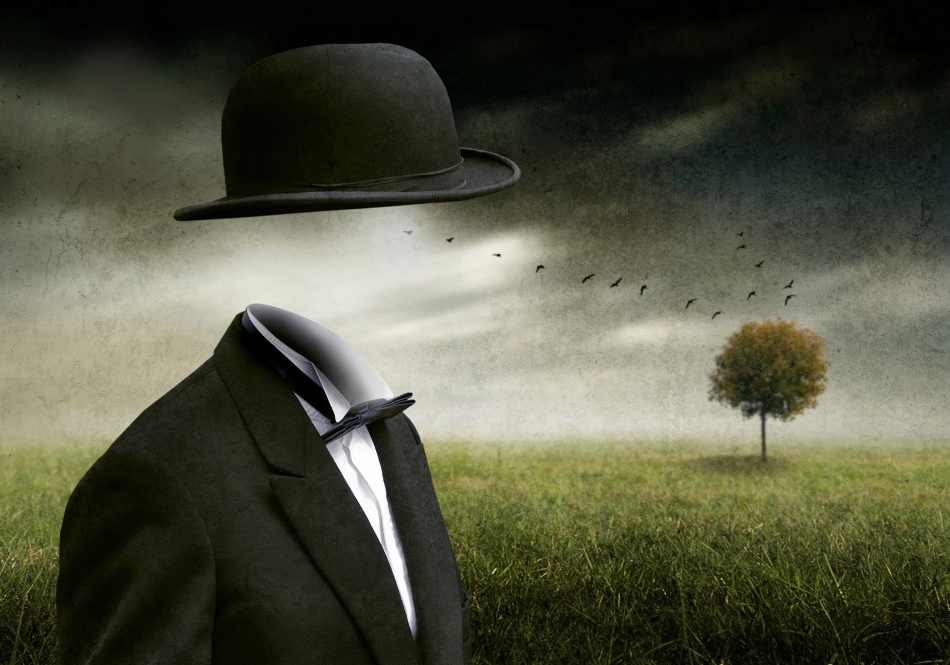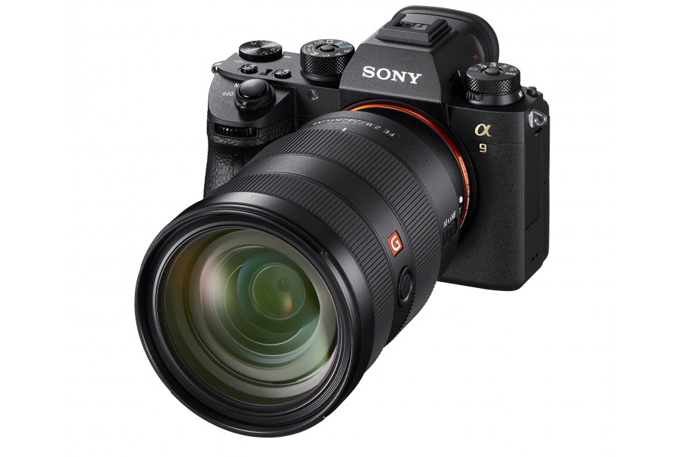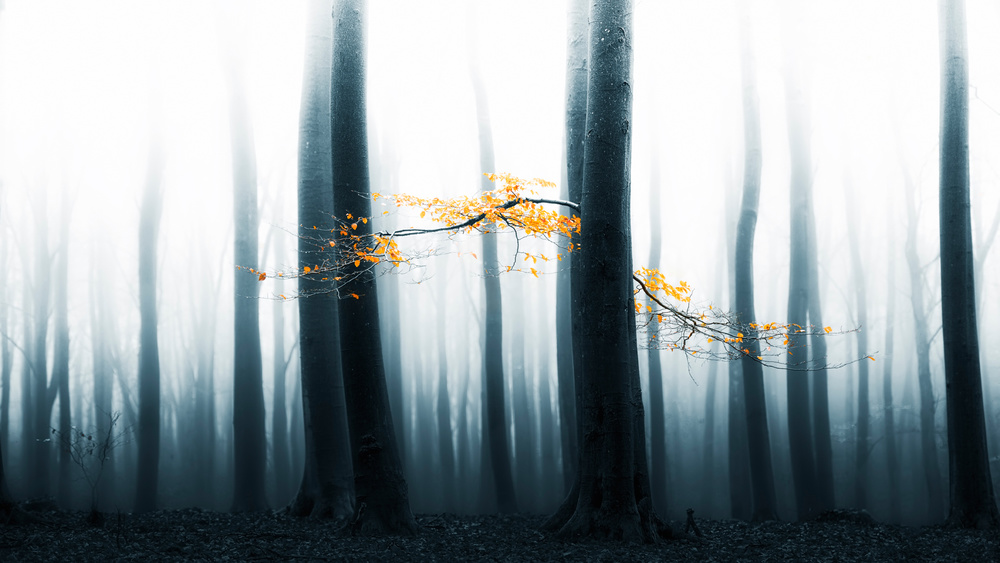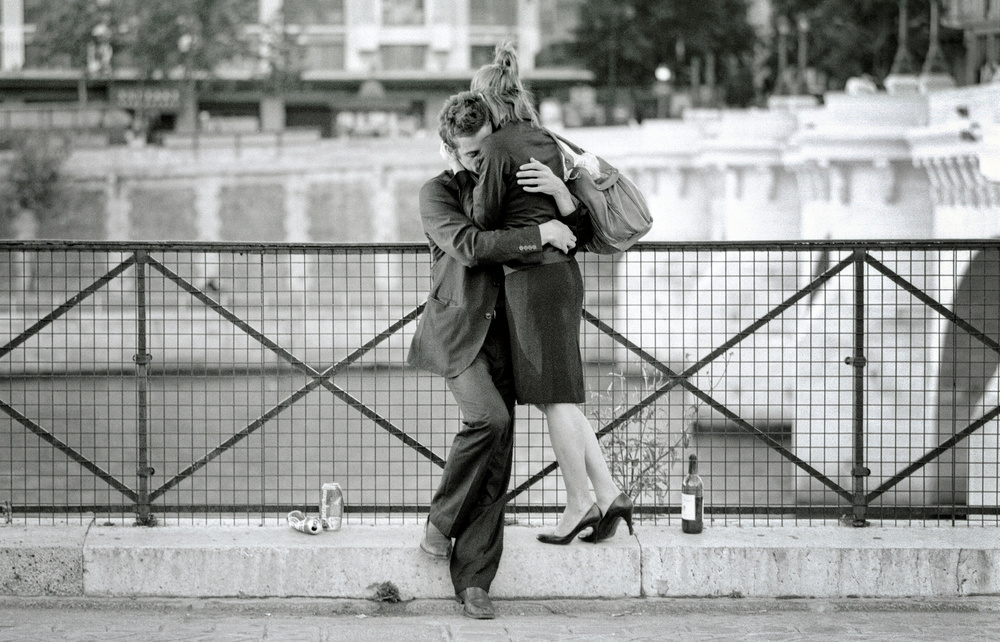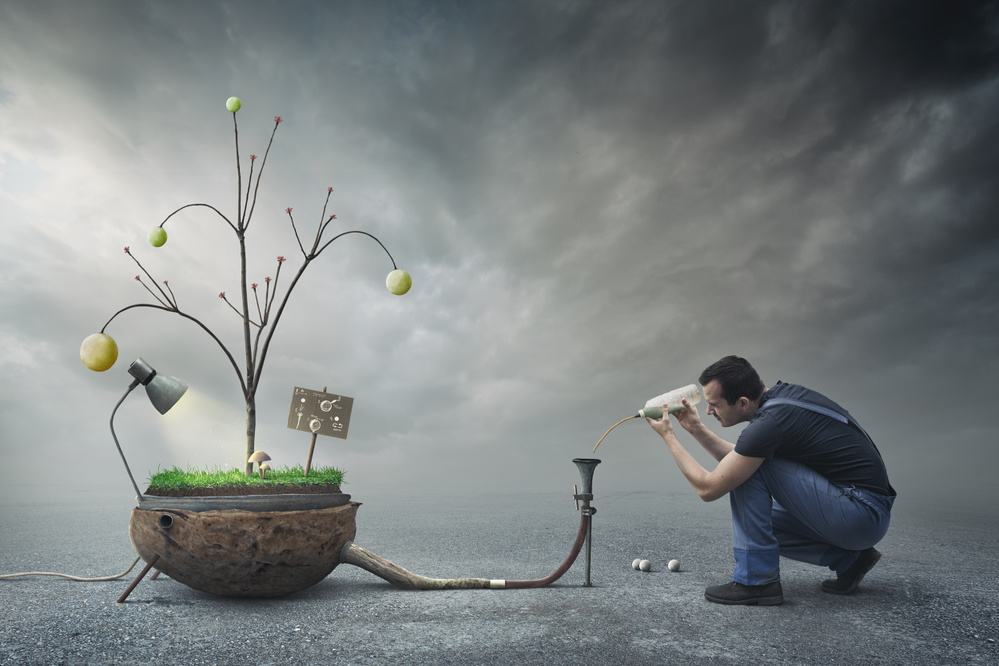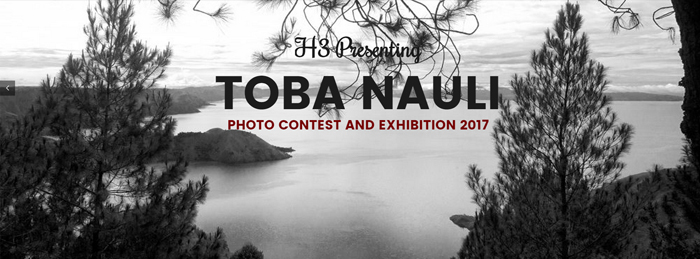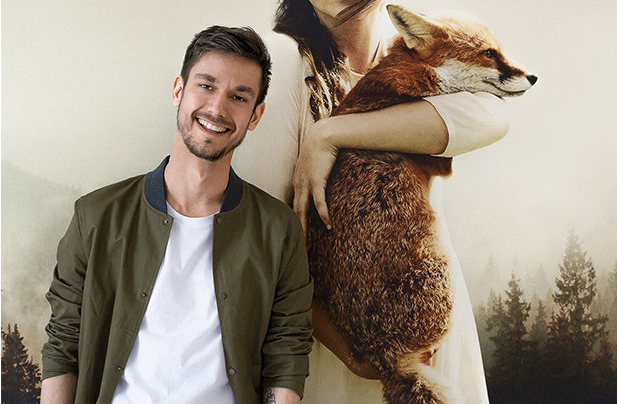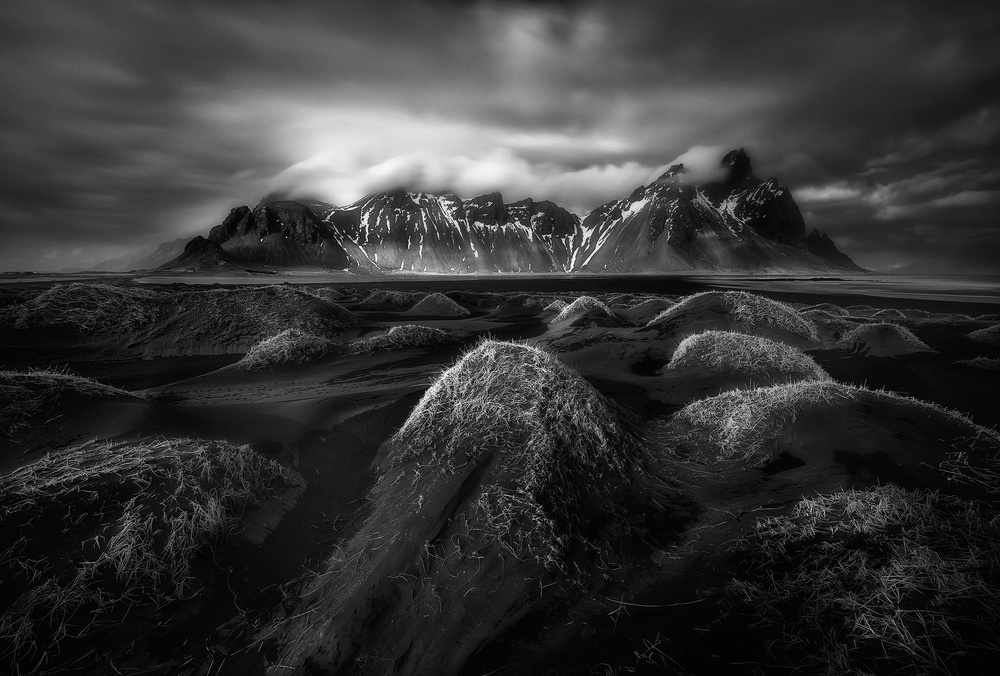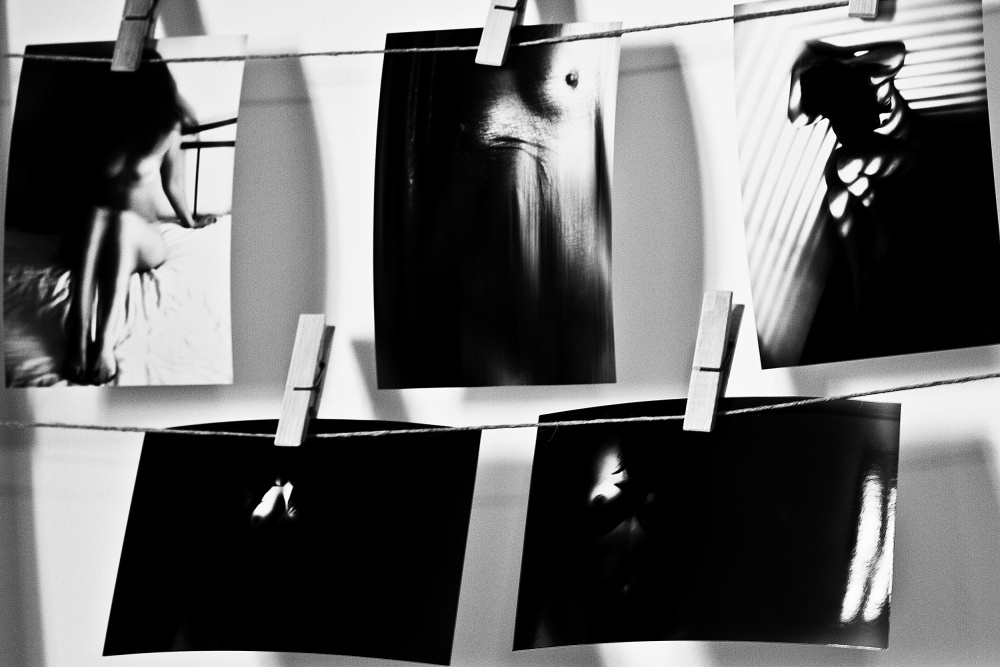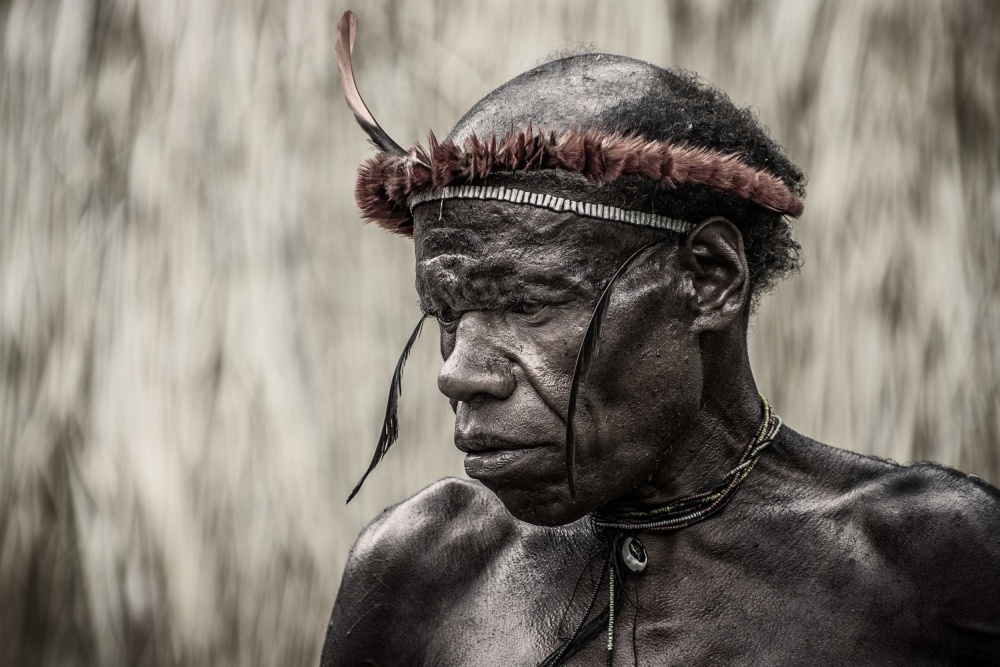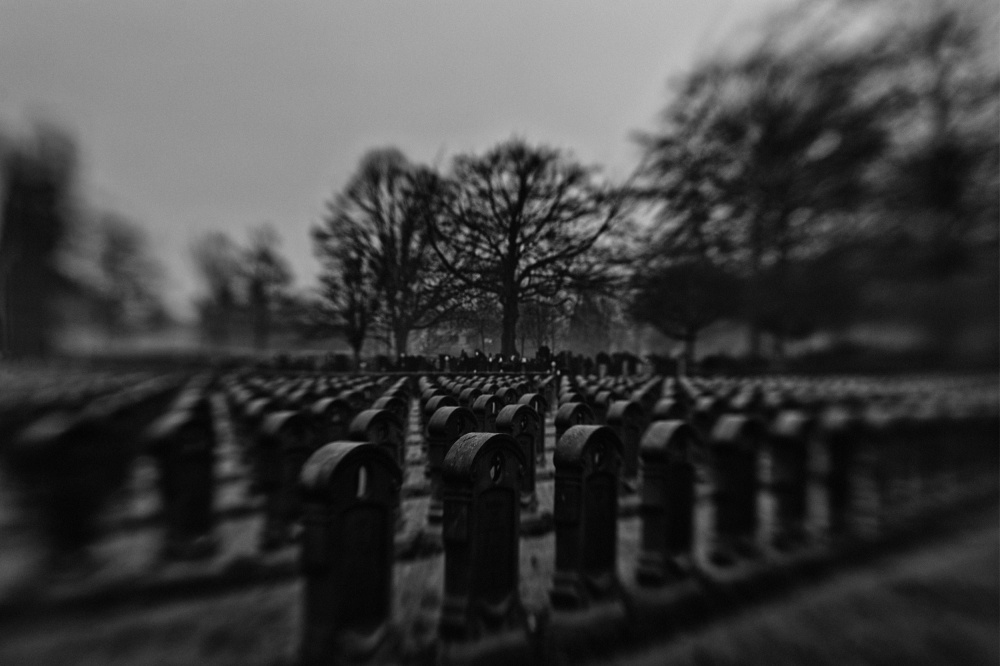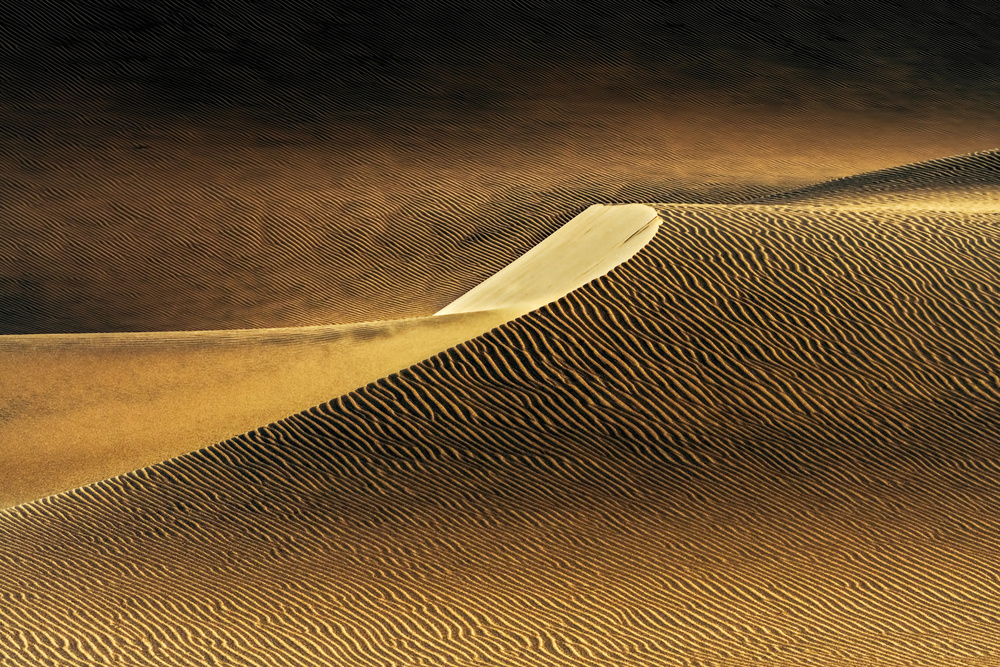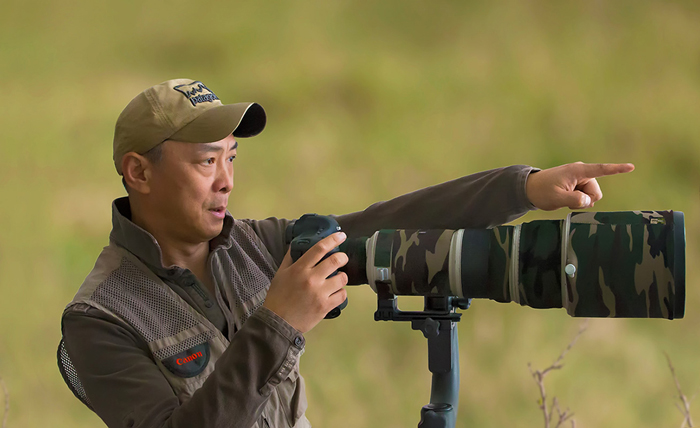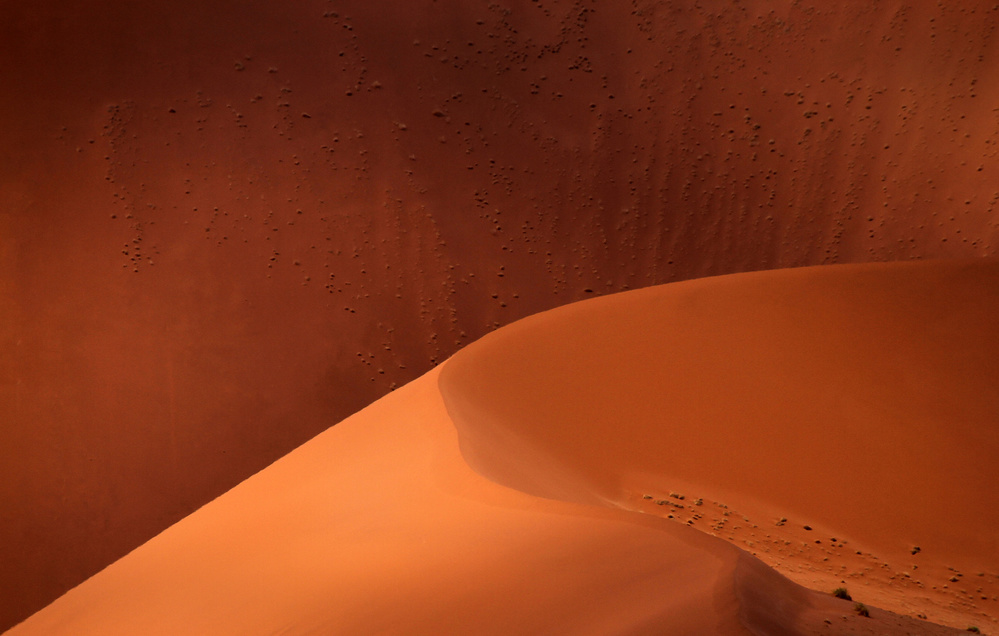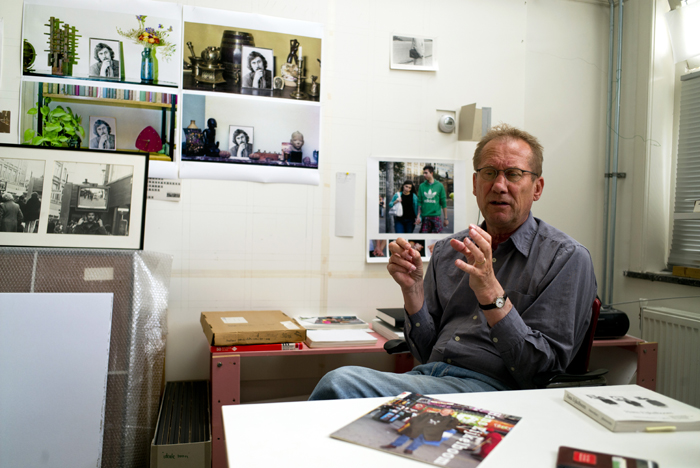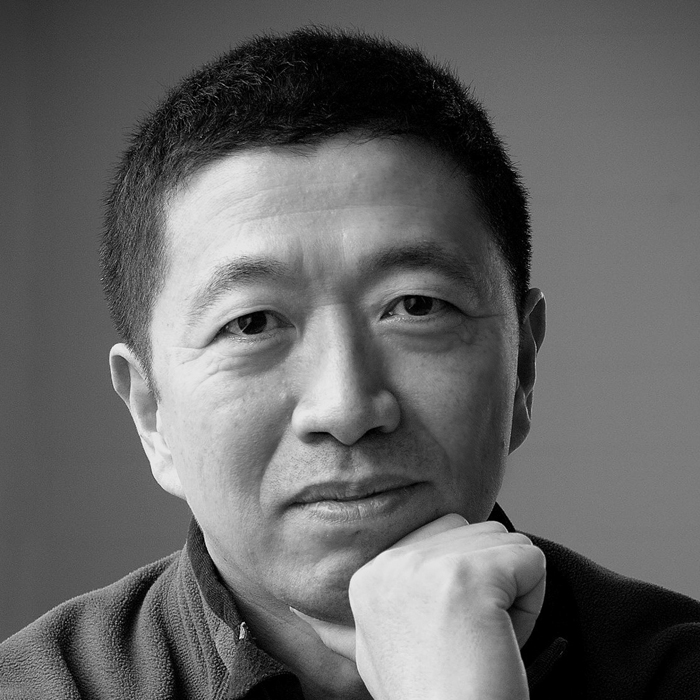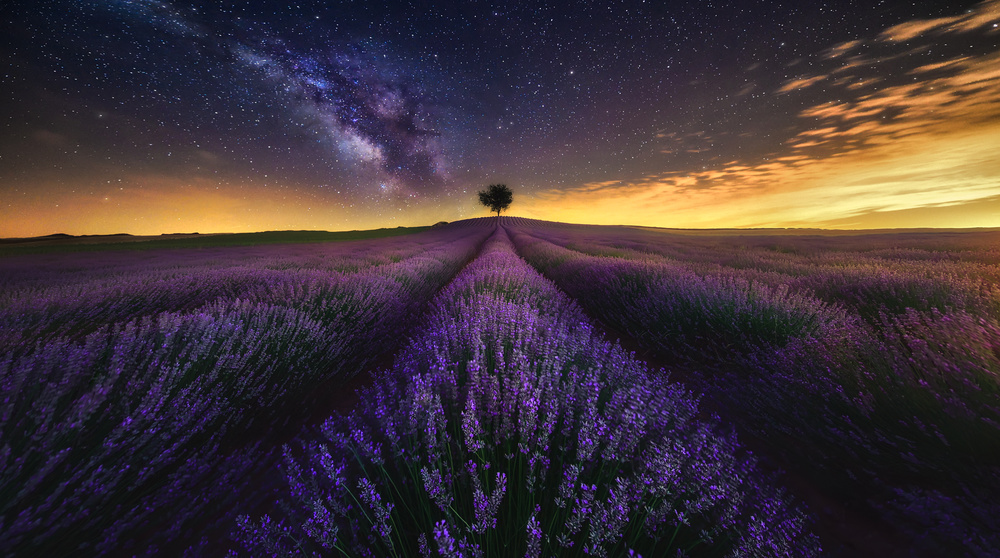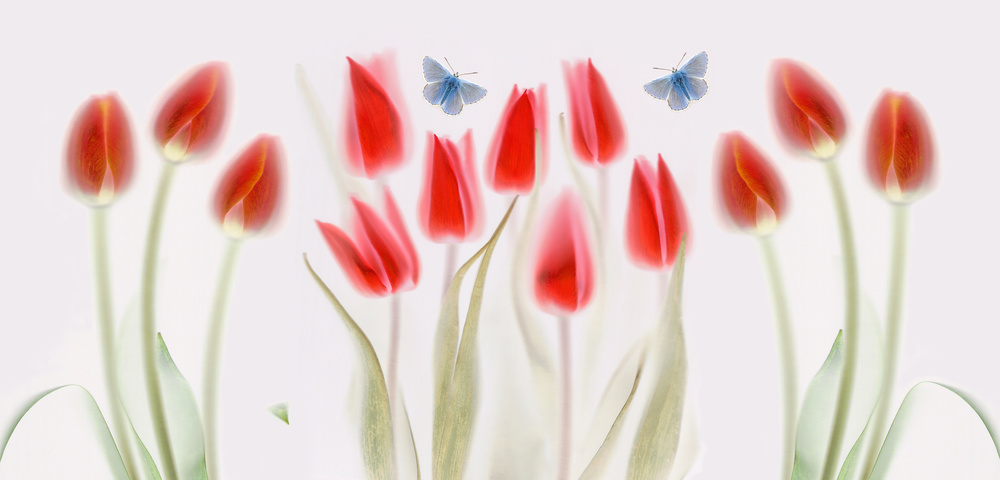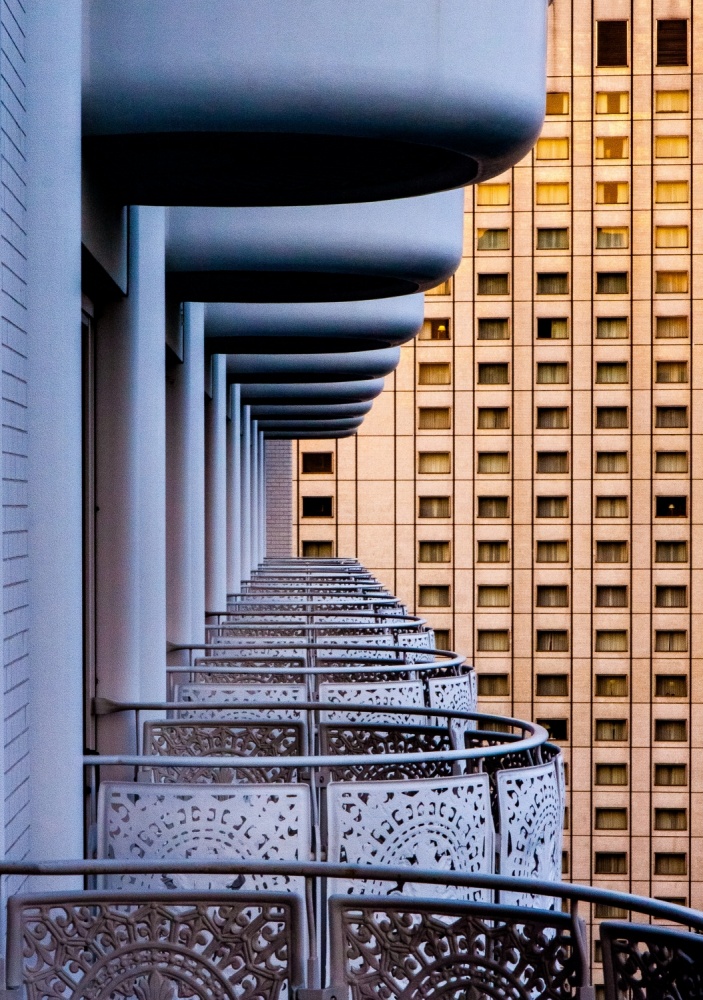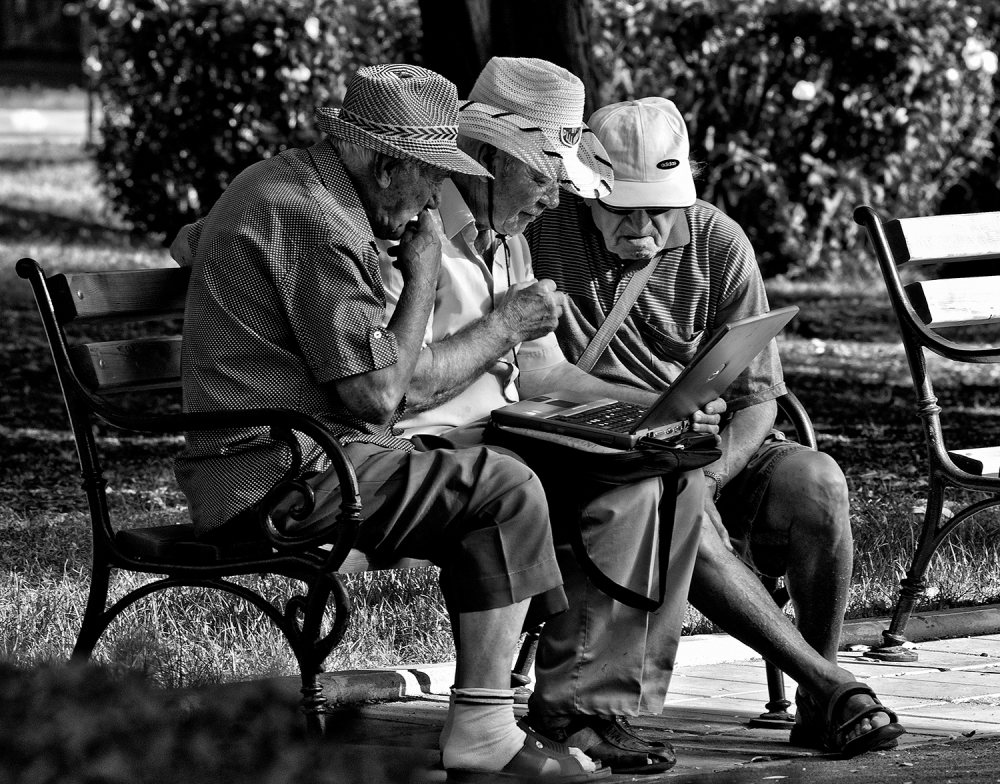Contests
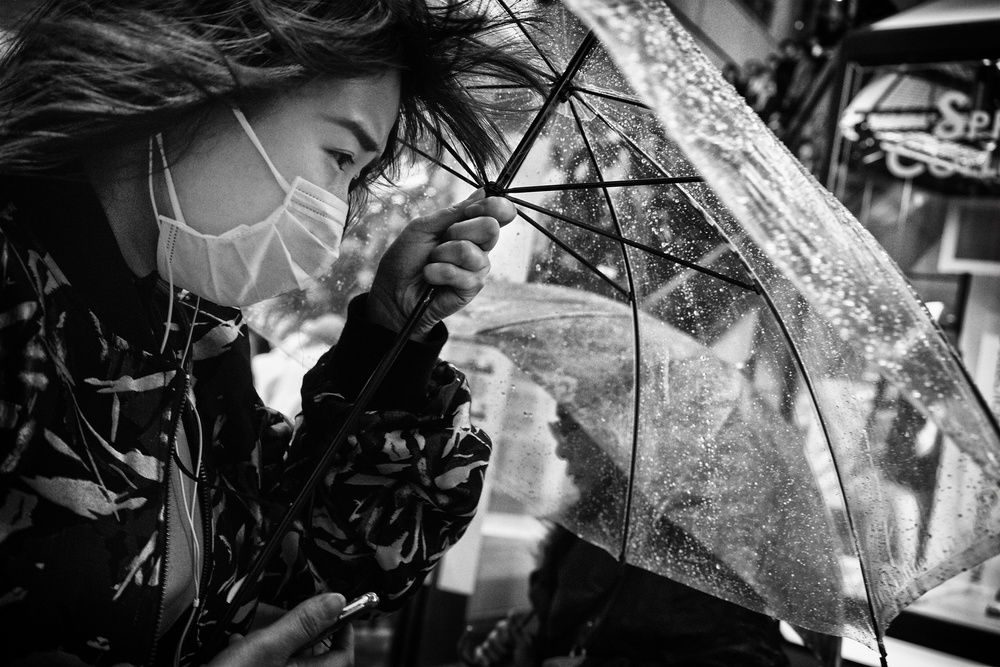
Photographer of the week: Ash Shinya Kawaoto
1x Blog ContestsAsh Shinya Kawaoto is an achieved Japanese photographer with her very own style. Street photography at the very best, straight, honest and so strong. The 1x community is proud to have her as a highly appreciated member. Let's read more about this amazing lady, her personality and her work.
Briefly tell us about yourself, your hobbies and other jobs.
I was born in Yokohama, Japan. I run a web development-related company. I never really had any interests; I suppose you could say my job was my hobby.
I started in photography to take a break from work. I didn’t start out very seriously but now it is the focus of my life’s work.
How has your history and life experiences affected your photography?
It is around a year since I started doing street photography. Up until then I had been doing portraits for 4 – 5 years. Around a year ago, I held a photo exhibition with 2 friends. My friends exhibited portrait photos. I was also planning to exhibit portraits but I thought that it wouldn’t be very interesting if all 3 of us exhibited the same genre of photos so I decided to exhibit a different genre. That was when I decided to exhibit street photography and that is how I got started. Due to this start that I got in street photography, as well as other things, I believe that connections with people are extremely important. I am also grateful to the friends that got me into street photography in the first place.
Which are your most important experiences that has influenced your art?
The fact that I live close to the metropolis of Tokyo has a lot to do with it. The most important thing for me when taking street photographs is people’s expressions. But the landscape of the city that is captured in the background is just as important.
This is my own personal opinion but I feel that there are different manners of architecture in cities in Japan and Europe. Taking London as an example, there are many buildings from the Middle Ages that are beautifully preserved and still used today. In comparison, most of the buildings in Tokyo have a short history and there is a cycle of knocking them down and rebuilding them when they are no longer needed. This is why the urban landscape of Tokyo changes at an extremely high speed.
The 2020 Olympics will be held in Tokyo. New buildings are being constructed all over the city and it is changing from moment to moment. It makes me think of a huge living creature that continues to grow. Capturing this evolution through the people who live in the city is an important element of my photos.
Describe your overall photographic vision.
The important features of my photos are the subject and the distance. The shorter the distance, the more accurately I can capture the expressions of the subjects and it becomes easier to read their emotions.
I think that there are times when it is easier to capture good expressions when the subject is fairly aware of the camera rather than being totally unaware of it. This is why I get as close as possible to the subject before taking the photo.
Why are you so drawn by Street Photography?
People naturally use different expressions depending on their environment.
For example, the expressions you have at home and those that you have in public are very different. This is similar to the differences in expressions between pets and wild animals.
The street is a public place and is where people come into contact with society. When they do, they do not have the same careless expressions as they would have at home. I feel an overwhelming fascination towards people’s expressions that have a certain kind of tension. I think this is because you can see the wild side of people.
What is more important to you, the mood/story behind your images or the technical perfection?
I believe that the story behind the photo and the technical completion of the photo are equally important. I think that if one of these elements is lacking, you cannot create a good photo. Technical completion refers to the techniques involved in actually taking the photo as well as the editing techniques after the photo is taken using software such as Photoshop.
In particular, when creating a series of works, the impact of the works overall is weakened if there are technical gaps.
What generally is your relationship to your subject matter beyond being an observer?
Do you prepare carefully the locations where you are intending to photograph?
For me, the place, the period, the time and the weather where the photo is taken are extremely important.
The above-mentioned place refers to the fairly limited spots where photos can be taken.
For example, I remember a lot of spots where I take photos such as, for example, remembering that the light is good at the intersection in District A in the morning in April
What gear do you use (camera, lenses, bag)?
I use Sony α7RII, Olympus PEN-F and Nikon D3x as my main gear.
Sony lenses, I use Sonnar T* FE 35mm F2.8 ZA and Vario-Tessar T* FE 24-70mm F4 ZA OSS.
Olympus lenses, I use M.ZUIKO DIGITAL 17mm F1.8, M.ZUIKO DIGITAL 25mm F1.8 and M.ZUIKO DIGITAL ED 75mm F1.8.
Nikon lenses, I use AI AF Nikkor 35mm f/2D, AF-S NIKKOR 50mm f/1.8G, AF-S Micro NIKKOR 60mm f/2.8G ED, AF-S NIKKOR 24-70mm f/2.8G ED and AF-S NIKKOR 70-200mm f/2.8G ED VR II.
When doing street photography, I mostly use a 35mm lens.
I don’t have a favourite bag that I use.
What software do you use to process your images?
I use Capture One and Photoshop.
Can you tell us something more about your work flow?
First of all, I adjust the exposure with Capture One. Then I edit in black and white with Photoshop. I also adjust the contrast and sharpness at the same time.
What is your most important advice to a beginner in Street Photography and how do you get started?
First, you should choose a place that you want to photograph then you should take many shots of this place. Next, you should practice pointing your camera at subjects that interest you instantaneously. There are many different things that happen on the street and that pass in the blink of an eye. That is why it is important to always be ready with your camera so you can take photos. I also personally recommend taking photos with manual focus.
Who are your favourite photographers and more importantly, how has your appreciation of their work affected how you approach your own photography?
I love William Klein. I have learned a lot from his photos. I have also been influenced by the work of Lillian Bassman and Diane Arbus . There are many very talented photographers at 1x and I always look forward to looking at the photos on the site. I feel a strong attraction to the photos of Jörg Heidenberger in particular. I think the concept and creativity of his work is really incredible. His photos are not street photos but I think it is important to be stimulated by photos from genres different to my own. This is because it makes me think of ideas and concepts for taking photos that I would not normally have thought of by myself.
Are there any specific directions that you would like to take your photography in the future or any specific goals that you wish to achieve?
The 2020 Olympics will be held in the Tokyo which I am currently photographing. This is causing the city to change rapidly. I think I would like to record the process of change in the metropolis in real time.
I believe that the specific goal of winning an award in an international competition is also important. This is in order to judge objectively whether the uniqueness of my works and the strength of the concept and so on have value or not.
Describe your favourite photograph taken by you and why it is special to you?
This photo was selected for the 2017 Sony World Photography Awards shortlist. In street photography, it is surprisingly difficult to capture the casual everyday life of ordinary people. At the time, I was taking photos in the same place almost every day and I messed up the photos so many times. I have hundreds of failed photos of the same place. After repeated failure, I was able to take 1 good photo. This is the photo that made me realise that it is important to not to fear failure and to keep on taking photos.
Is there anything else you wish to add and what do you think about 1X as a home base for your work?
1X has many amazing photos. I think that the photos published on 1X are the best in the world. The structure in which only photos that have passed the strict judging process are published is really magnificent. I hope that you will continue to uphold the same judging standards as you have now in the future. This is why I was so exceptionally happy when I was published on the site.
Website Ash
Twitter Ash
Facebook Ash

